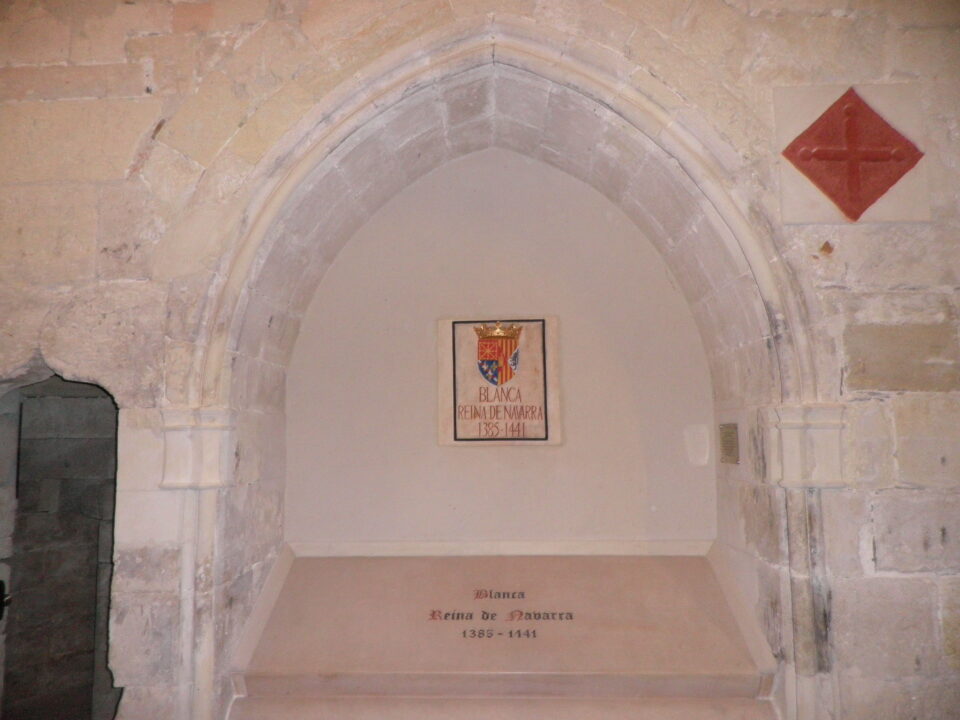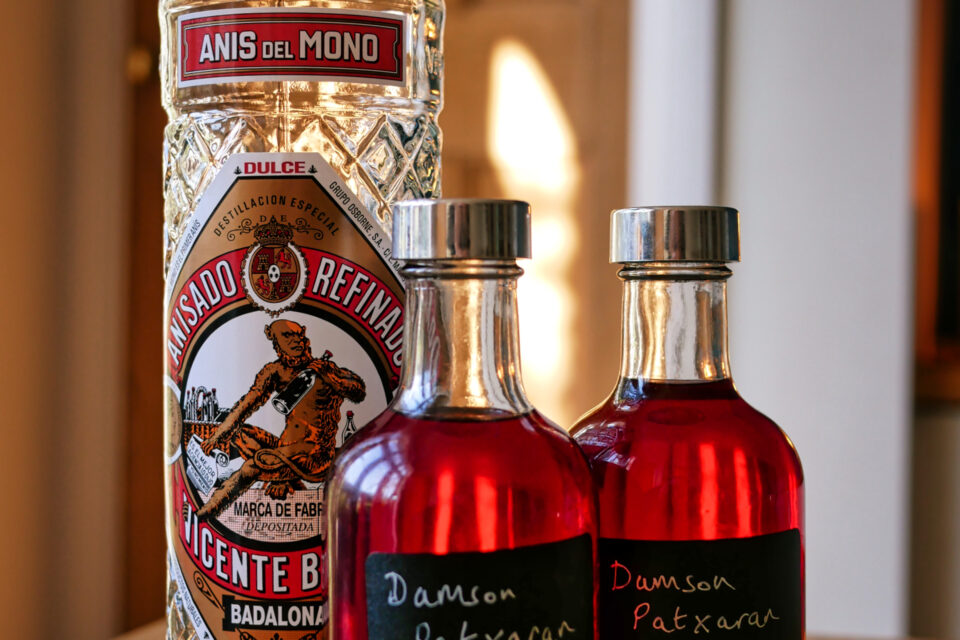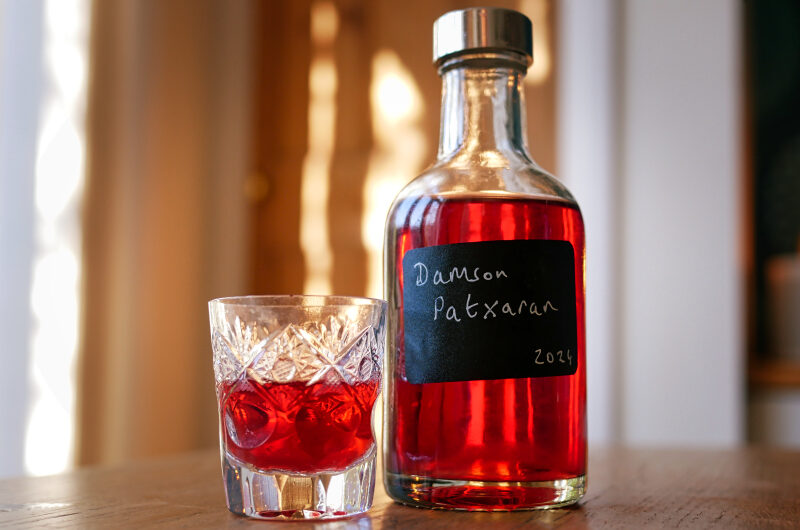Love them or hate them, aniseed flavoured drinks are popular across Europe, parts of the Middle East and beyond. You may have tried Italian sambuca, French pastis, Greek ouzo, Turkish raki or Lebanese arak. Anise (from which we get aniseed) grows across the Mediterranean, and star anise in China and Vietnam – both can impart a very similar anise flavour. Although they’re entirely separate plants, they happen to share the same aromatic compound anethole, along with fennel, liquorice and basil.
The use of anise as medicine dates back to at least ancient Rome. It was described by Pedanius Dioscorides, a Greek physician in the Roman army, in his enormous treatise De Materia Medica, a standard reference used in medical schools right into the 16th century, with Arabic translations influencing Islamic scholars whose ideas in turn influenced European medieval medicine. Anise was used by Benedictine and Cistercian monks in Europe creating medicinal spirits and herbal infusions. The first known mentions of the liqueur called patxaran (or pacharán in Spanish, but I’ll stick with patxaran) date back to the 1400s. During her illness at the Monastery of Santa María de Nieva in 1441, Queen Blanca I of Navarre consumed patxaran for its healing powers. What was then the Kingdom of Navarre is nowadays the Spanish province of Navarre, with a mixture of Spanish and Basque speakers, the world famous city of Pamplona / Iruñea as its capital, and patxaran as an increasingly popular local drink.

Image by Osado
The word patxaran is believed to come from basaran – in Basque basa is “wild” and aran is a small plum or sloe berry. Much like the sloe gin popular in England, patxaran involves steeping sloes in alcohol, but in this case crucially with aniseed as well as a few other flavourings. Given the similar flavour profile of sloes and damsons, this seemed like the ideal liqueur to attempt, as a change from the usual damson gin. The recipe is quick and easy.
Although originally a homemade drink mostly enjoyed by the locals of Navarre and the Basque country, using up the sloe berries from blackthorn bushes abundant in the mountainous regions of Navarre, patxaran is now also a commercial product that is a protected regional specialty (and indeed Navarre is the only place in the world where sloes are cultivated).
Below is a quick version of the recipe, using ready-made anise liqueur (I’m suggesting the authentically Spanish Anis del Moro, but you could try others). Delicious (indeed very moreish!), easy to make, although a bit expensive here as the Anis is much pricier in the UK than it would be in Spain. An alternative would be to start with higher strength neutral alcohol, infuse with green aniseeds or star anise (or a combination), then add sugar syrup and proceed as below. This is the challenge for next time!
The damson patxaran works as a digestif after dinner, as a little shot any time of day (in the style of a ginjinha sour cherry liqueur you might have at a stand-up bar in Lisbon), in a variety of cocktails, or (if you insist) with fizzy orange in a Spanish butano.
Quick recipe for damson patxaran
A recipe for a British version of the Basque patxaran (or pacharán in Spanish), traditionally made with sloe berries, but here with damsons. Makes an excellent alternative to sloe or damson gin. Alcohol content will be similar to the starting liqueur – around 36%.
Ingredients
500ml Spanish sweet anise liqueur, like Anis del Mono Dulce
200g damsons
3 coffee beans
1 vanilla pod
1 cinnamon stick
Directions
- Add all the ingredients to a glass jar. There’s no need for sugar as the anise is very sweet already
- Leave in a cool, dark place for at least 6 weeks, but could be a few months
- Filter through fine cheesecloth or muslin, or a coffee filter, into bottles
Notes
- This is a very sweet drink. An alternative would be to use a less sweet anise to begin with (the non-“dulce” kind) and then add sugar, but I haven’t experimented with that yet.
- I’m not convinced three coffee beans add any great flavour to this recipe, but that appears to be the tradition.

